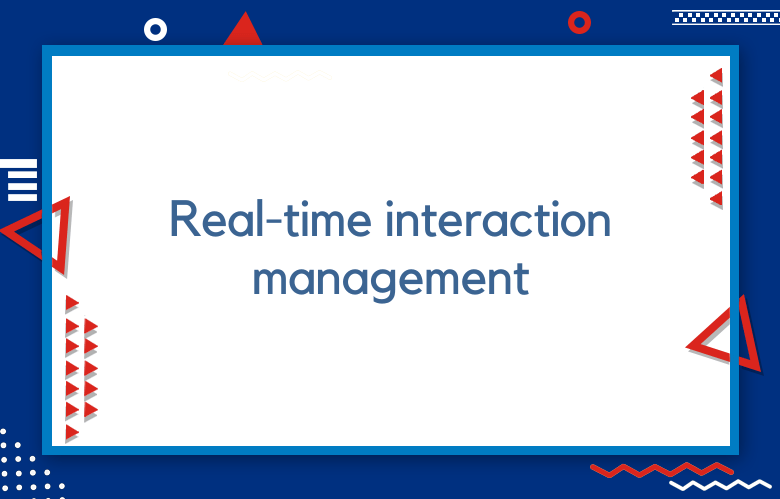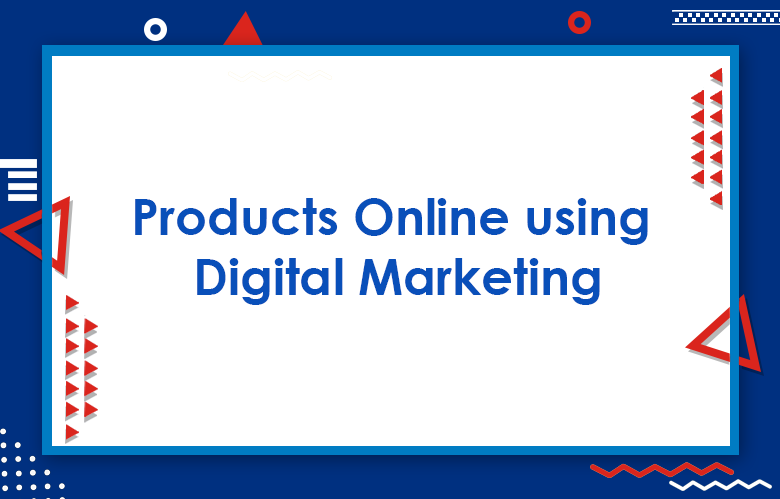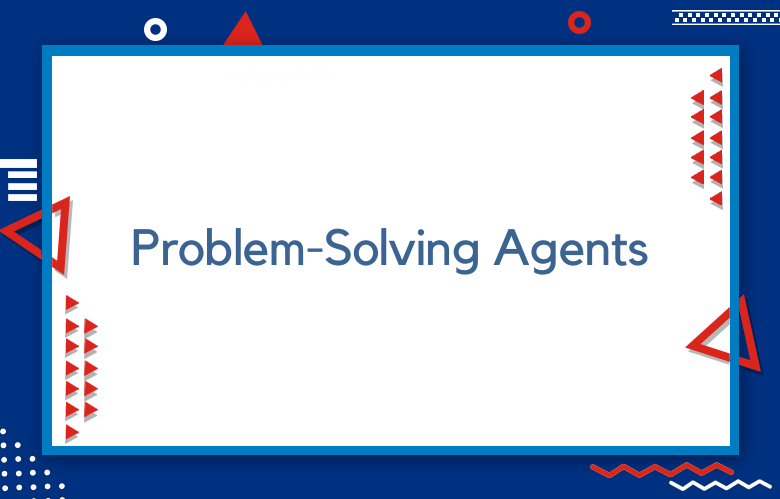Real-Time Interaction Management (RTIM) for Marketing

As customer expectations continue to rise, personalization has become crucial for marketers to stay competitive. Personalized experiences can improve customer engagement, increase loyalty, and drive revenue growth.
However, tailoring messages and interactions based on individual customer preferences and behaviors is a complex task that requires real-time decision-making and efficient data processing.
That’s where Real-time Interaction Management (RTIM) comes in. We will look closely at RTIM and how it can help marketers deliver personalized experiences at scale.
What is Real-time Interaction Management?
RTIM is a marketing strategy that enables businesses to interact with their customers in real time, using data and insights to deliver a personalized and relevant experience.
RTIM takes data from various sources, including customer profiles, past behaviors, and external sources like weather data, stock prices, and social media activity, to comprehensively view each customer.
How Does Real-time Interaction Management Work
RTIM relies on real-time data processing, analytics, and automation to deliver personalized interactions.
The data is collected in real-time, analyzed on-the-fly, and then used to trigger the appropriate message or interaction in real-time.
For example, suppose a customer is browsing a product on your website. In that case, RTIM can analyze their behavior and immediately trigger a relevant offer or incentive to encourage them to purchase.
Understanding Real-time Interaction Management
Real-time Interaction Management is a marketing process that uses data analytics, artificial intelligence, and automation to deliver personalized customer experiences in real time.
It involves capturing and analyzing customer data across multiple channels and touchpoints and using insights to decide the best action to take in each interaction.
This can range from recommending products, discounts, or content to adjusting the timing or messaging of communication, depending on the customer’s behavior and preferences.
RTIM is designed to improve the relevance and value of marketing interactions by making them more timely, contextual, and tailored to the customer’s needs.
Real-time Interaction Management in Action
One example of RTIM in action is Starbucks’ Mobile Order and Pay technology. This feature enables customers to place orders in advance and pick them up in-store, reducing wait times and improving the overall customer experience.
Leveraging RTIM, Starbucks can use customer data to create personalized offers and promotions, such as offering a free drink to customers who last visited a while ago or promoting a new drink based on a customer’s previous purchase history.
Implementing Real-time Interaction Management in your Marketing strategy
To implement RTIM in your marketing strategy, you need to start with a solid data foundation.
This means collecting and organizing customer data from various sources, including CRM systems, social media, web traffic, etc. You’ll also need to invest in real-time analytics and automation tools to enable you to respond to customer behavior in real time.
Once you have the necessary technology and data, you can create personalized campaigns and customer journeys that deliver real-time, relevant interactions.
Benefits of Real-time Interaction Management
Real-time interaction management offers several benefits for marketers.
Increased customer engagement and loyalty:
By delivering relevant and timely interactions, RTIM can improve the customer experience and build stronger customer relationships.
Higher conversion rates:
Personalized experiences are more likely to drive conversions than generic messages, as customers feel more understood and valued.
Improved efficiency and ROI:
RTIM automates and streamlines the decision-making process, reducing the need for manual intervention and driving cost savings.
Real-time Interaction Management Use Cases
Real-time Interaction Management can be applied in various marketing use cases, such as:
E-commerce:
RTIM can help retailers recommend products based on the customer’s browsing history, personalize promotions based on purchase history, and alert customers about abandoned carts in real-time.
Financial Services:
RTIM can help banks and insurance companies offer personalized advice based on the customer’s financial situation, send alerts about important information, and detect fraud and security breaches in real-time.
Travel and Hospitality:
RTIM can help airlines and hotels deliver personalized offers based on the customer’s travel history, weather conditions, and preferences and offer real-time assistance in case of delays or disruptions.
Key Features of Real-time Interaction Management Platforms
To effectively implement RTIM, marketers need a platform that can handle real-time data processing, predictive analytics, and multi-channel delivery. Some key features of RTIM platforms include:
Integration with data sources and channels:
The platform should be able to integrate data from various sources, such as CRM, behavioral, location, and browsing data, and interact with different channels, such as email, social media, mobile, and website.
Real-time processing:
The platform should be able to process and analyze data in real-time rather than in batches or offline mode.
Predictive analytics:
The platform should use machine learning algorithms to predict customer behavior and preferences and suggest the best following action based on that.
Automation and orchestration:
The platform should be able to trigger and execute personalized interactions in real-time based on predetermined rules or algorithms.
The four Main Components of RTIM Include
Data collection and analytics:
Real-time data from various sources is collected, synthesized, and analyzed to create a detailed customer profile.
Rules engine:
Marketers can create personalized offers and recommendations for each customer based on predefined rules and triggers.
Decisioning engine:
The platform decides the best action based on the customer’s behavior, preferences, and context in the real-time interaction.
Execution engine:
The platform delivers personalized offers or messages to customers across various channels.
There are several benefits of using RTIM for marketing. First, it enables marketers to deliver personalized, context-aware experiences to each customer, which results in higher engagement rates, increased customer loyalty, and better conversion rates.
Second, it helps marketers optimize their marketing campaigns by analyzing real-time data and making data-driven decisions about which channels, messages, and offers are most effective.
It allows marketers to respond to customer needs and preferences in real time, which can foster stronger relationships with customers.
One example of how RTIM can be used is in the retail industry. A retailer can deliver personalized offers and recommendations by using real-time data to monitor customer behavior.
For example, if a customer is browsing for shoes on the retailer’s website, RTIM can analyze this behavior and recommend shoes that match their preference or style.
This personalized experience can help increase customer satisfaction and boost retailer sales.
Conclusion:
In today’s digital world, personalized experiences are no longer a nice-to-have but a must-have for brands that want to stay relevant and competitive.
Real-time Interaction Management provides marketers with a powerful tool to achieve personalization at scale by combining data analytics, AI, and automation to deliver timely and relevant customer interactions.
By leveraging RTIM platforms, marketers can improve customer engagement, loyalty, and conversion rates while achieving operational efficiency and cost savings. If you want to take your marketing to the next level, RTIM is a trend you must pay attention to.
Call: +91 9848321284
Email: [email protected]



